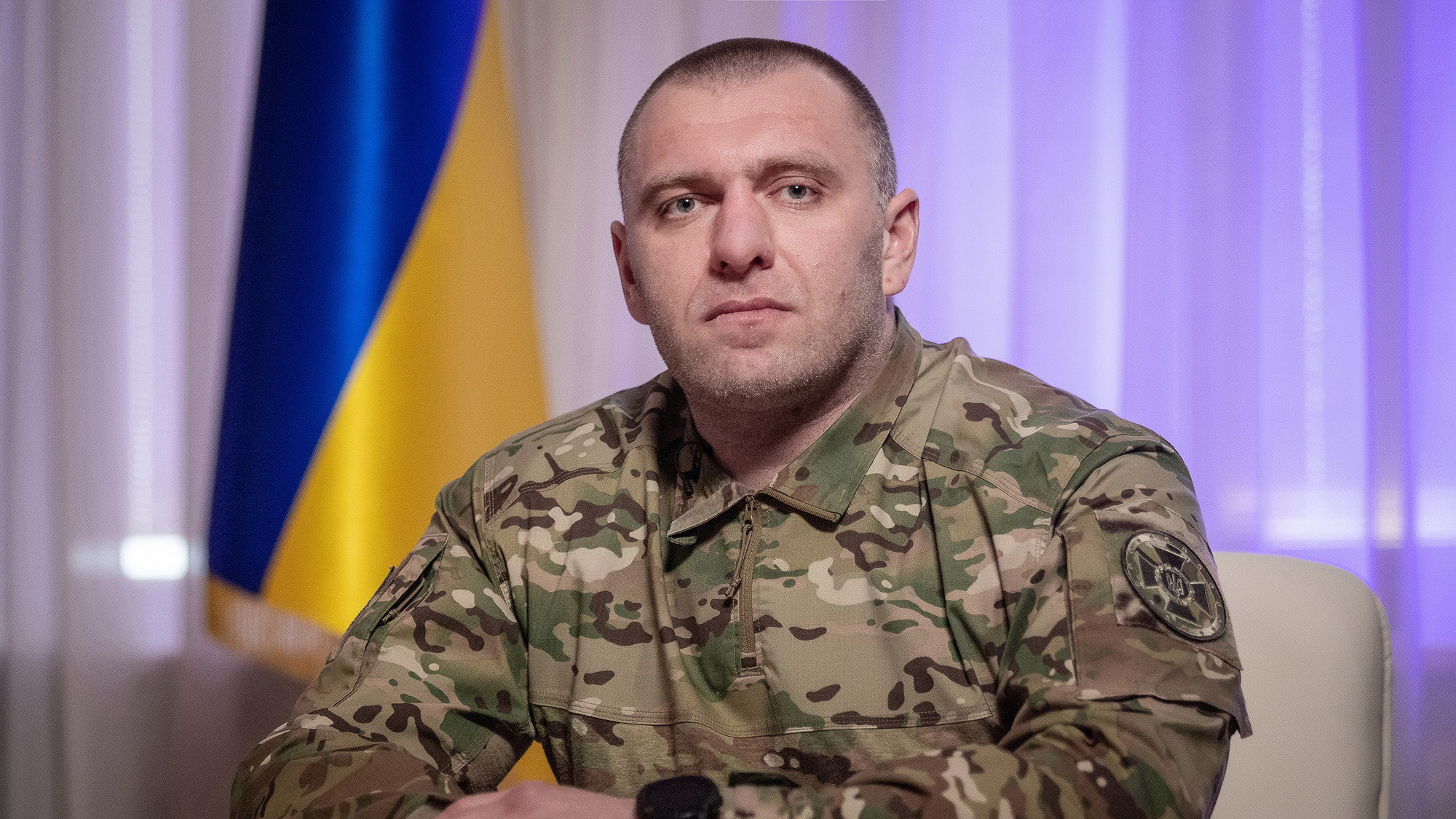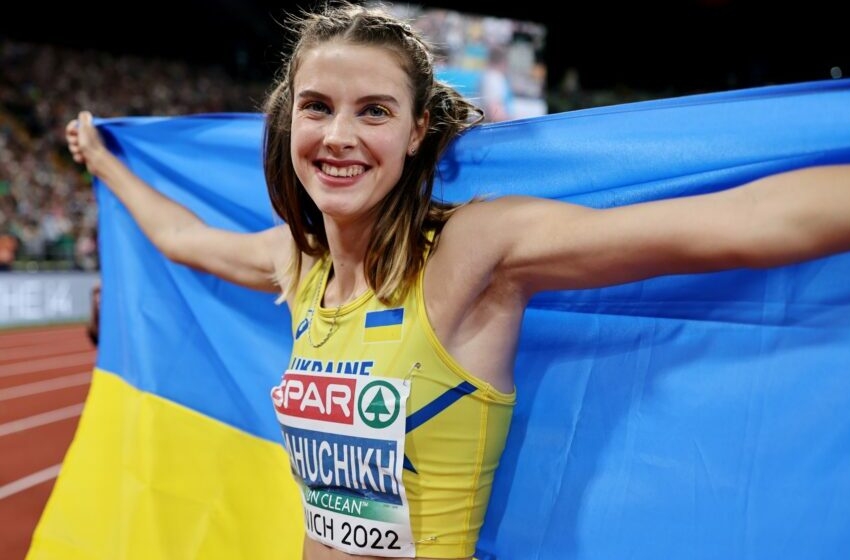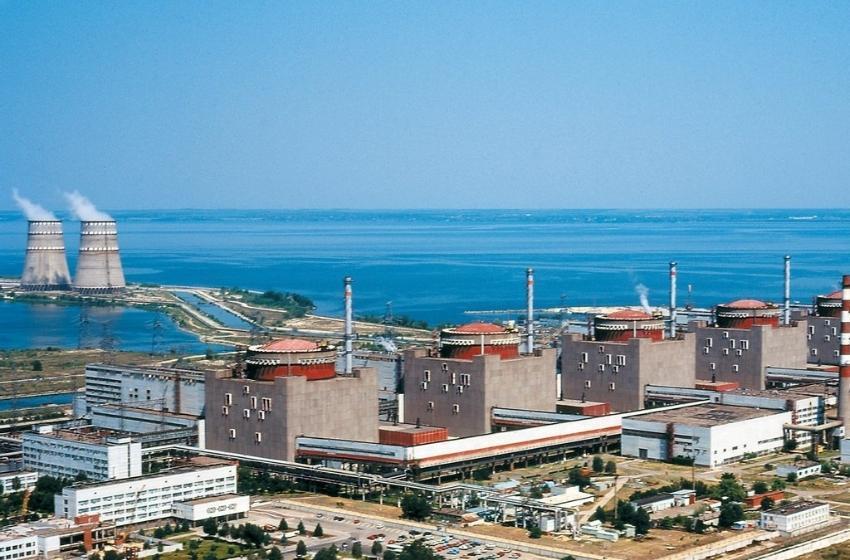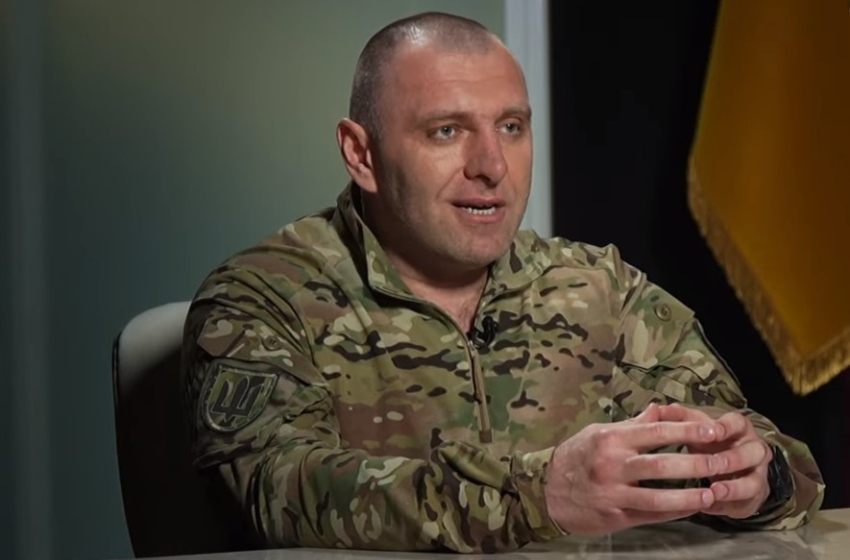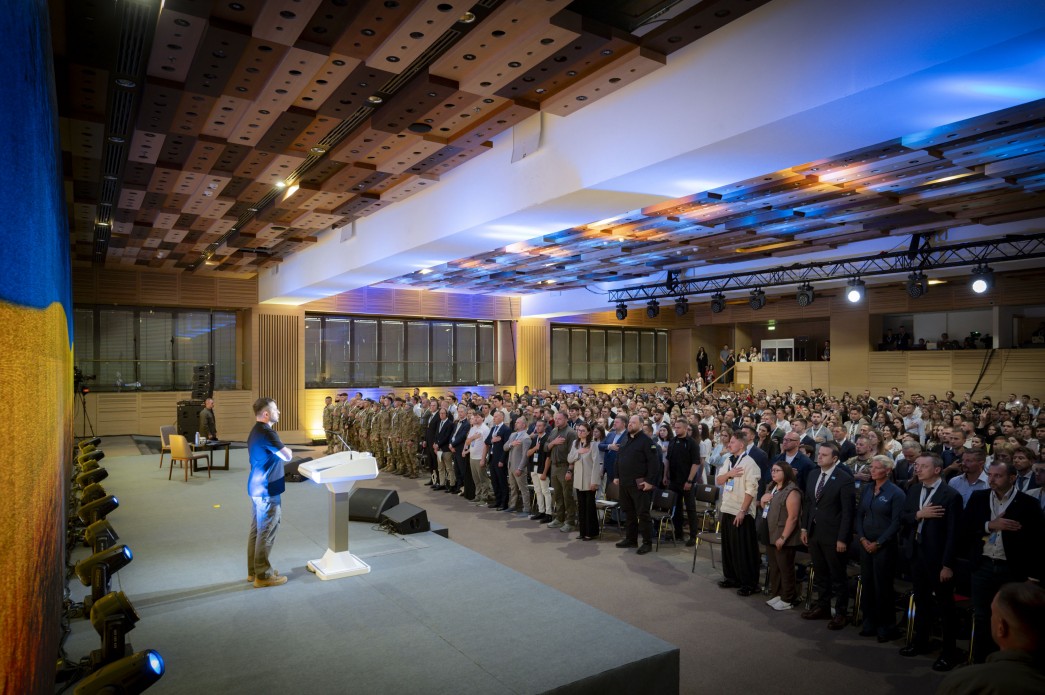The special operation Spiderweb was successful thanks to a unique symbiosis of human intelligence and technical capabilities employed by the Security Service of Ukraine (SSU).
This was stated by SSU head, Lieutenant General Vasyl Maliuk, in an interview with the “We-Ukraine” TV channel.
“Spiderweb is a unique, multi-stage operation that includes a number of critical components. First and foremost, it’s logistics — delivering the equipment itself into the rear of Russian forces, in our case, 150 combat FPV drones. This included transporting cabins, inside which the equipment was moved to airfields. It was also about agent work, communications, and much more. If we look at Spiderweb as a whole, we see a comprehensive approach: human intelligence and technology. And our work is most effective when there is the right symbiosis,” Maliuk said.
He explained that, to implement the operational plan, the SSU created a cover company in the Russian Federation — a logistics company in Chelyabinsk. Ukrainian agents rented office space and warehouses located near the local FSB office. Later, they purchased five trucks, and the drivers they hired transported various goods to strengthen their cover.
According to Maliuk, during the special operation, the SSU constantly had to solve diverse tasks, including organizing the delivery to Russia of sanctioned goods such as battery stations. Here, the service’s successful experience in combating transnational crime came in handy.
“Each of the hunting cabins was completely autonomous. They contained EcoFlow batteries, solar panels, and other equipment. This made it possible to continuously power the drones. The special operation could also be carried out in cold weather, with temperatures sometimes dropping below minus 40°C. The drone had to be fully charged. At the same time, this created additional challenges to bringing these cabins into Russia. We went through ‘seven circles of hell’ to achieve the result,” Maliuk said.
The SSU chief also detailed the means used to strike Russian aircraft:
“The drones may look like regular FPVs at first glance, but they are unique. They have several types of communication. The combat component of each UAV consisted of two charges of 800 grams each (a total of 1,600 grams) of a special mixture that we developed specifically for this operation. It has a cumulative-explosive effect: designed to burn through the aircraft’s fuselage and cause an explosion inside,” Maliuk explained.
It was also important to ensure the safe return to Ukraine of SSU operatives from Russia. Therefore, once the truck drivers headed to the designated airfields, the Ukrainian agents had already left Russian territory.
“They came to me at one of the combat command posts, and I had the honor to personally thank them,” the SSU chief said.
Preparations for the special operation were carried out under strict secrecy — only a few people knew the detailed plan. On the designated day, the best drone operators of the SSU’s “A” Center for Special Operations gathered at the command post to execute the mission.
“The President was in constant contact with us. He had repeatedly inquired about certain details before and, frankly speaking, sometimes pushed for faster action. His management style is what they call ‘don’t put off until tomorrow what you can do today.’ And he works so that things are done ‘yesterday’ if possible,” Maliuk said.
It should be recalled that the Spiderweb special operation took place on June 1, 2025. As a result, the SSU used FPV drones to destroy one-third of Russia’s strategic aviation — 41 aircraft









